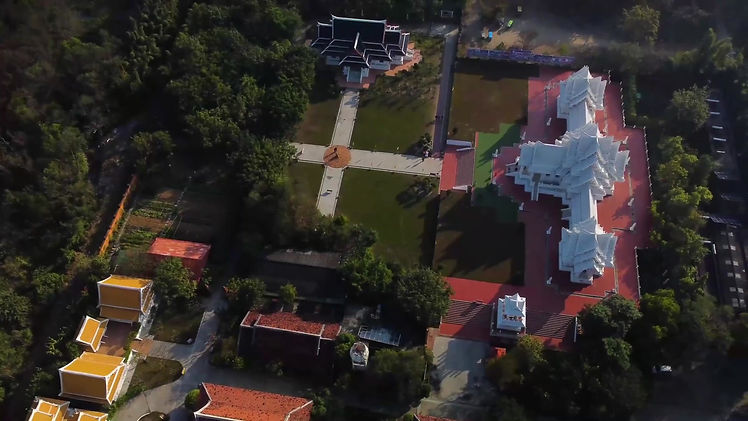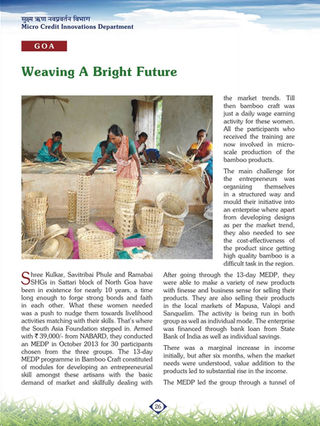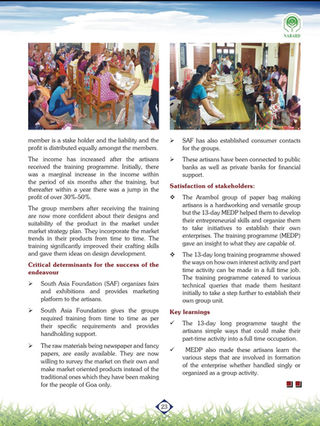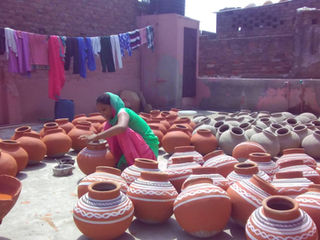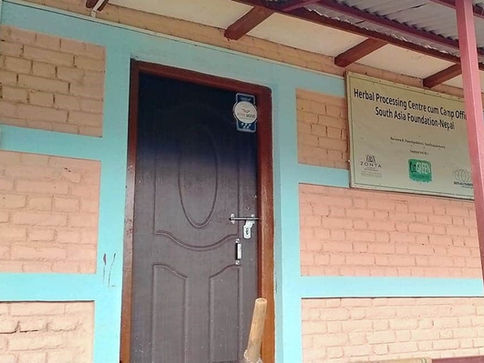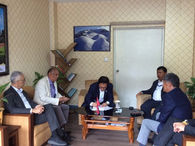

South Asia Foundation (SAF), set up in 1991 with its registered office at Varanasi, having its headquarters in New Delhi, is a private, non-governmental, non-political, non-profit development organisation. The Foundation has been working in many parts of India at the grassroot level to enhance the livelihood of the artisans and farmers, and these initiatives have impacted the lives of large numbers of target beneficiaries directly. SAF works with policy planners for creating appropriate policies for its target beneficiaries with strong policy advocacy having presence at policy level. It works at regional level for larger regional cooperation and has regional chapters in all the South Asian Countries.
Please visit www.southasiafoundation.net for more info.

Design development workshop in progress at Talegaon, North Goa
NABARD Sponsored Artisan Entrepreneurship Development Program in Goa

South Asia Foundation-Nepal (SAF-Nepal) started its journey in 2012 as a Nepal based registered voluntary, non-governmental development organisation, also the regional chapter of the South Asia Foundation in Nepal, has been working at the grassroot level in many remote and mountainous regions in Nepal.
SAF-Nepal works towards promoting women's empowerment and creating employment opportunities across the craft sector and dairy sector through cooperatives, Self Help Groups and “Mothers Groups”, etc. with larger community participation. SAF-Nepal encourages effective use of micro-finance through structured financial institutions. These efforts have also created a large impact at the grass root level.
SAF-Nepal has been working for over a decade through various initiatives to strengthen people-to-people contact and cooperation within South Asia, be it creating opportunities or channelizing the strength and capacity of deprived people towards garnering a socio-economically strong Nepal, SAF-Nepal has been working effectively across cultures and art arenas with farmers, artisans, cultural and social activists, policy planners and NGOs to design and execute initiatives that will foster sustainable results.
Furthermore, SAF-Nepal actively participates and supports initiatives to promote and strengthen the cultural environment and works towards promoting and protecting cultural heritage of the area where it works. It gives special emphasis on promoting and protecting the cultural heritage of the indigenous people in the region. Overall, the mission of the Foundation is to work towards meeting its objectives aimed at empowering the marginalized people, socially most challenged communities, promoting sustainable development, preserving cultural heritage, fostering regional cooperation with larger community participation.
Lumbini Development Trust
Lumbini Development Trust was formed by the Government of Nepal as provisioned by Lumbini Development Trust Act 2042 (1985) to implement Lumbini Master Plan, explore, excavate and conserve archaeological sites scattered in Kapilvastu, Rupandehi and Nawalparasi districts. The LDT was constituted in order to present before the people of the world the commitment of the Government of Nepal to project the goal and the idea of the development of Lumbini.
Please visit: www.lumbinidevtrust.gov.np for more info.





Signing of MOU
South Asia Foundation, South Asia Foundation-Nepal, and Lumbini Development Trust signed a Memorandum of Understanding (MOU), with the approval of the Government of Nepal for implementing the light and sound project on Gautam Bhuddha at Lumbini.

Light and Sound Project on Gautam Buddha at Lumbini, Nepal.


About Lumbini
Most of the Buddhist literature places Lumbini between the Shakya Kingdom of Kapilavastu to the west and the Koliya Kingdom of Devadaha to the east. Some 28 kilometers west of Lumbini is Tilaurakot, the ancient capital city of the Shakyas, and 37 kilometers east of Lumbini is Devadaha, the capital city of the Koliyas. Literature mentions that Lumbini was a beautiful pleasure or recreational garden collectively maintained by both kingdoms during the lifetime of the Siddhartha Gautama, the historical Buddha.
Kapilvastu and Tilaurakot are both historical sites located in the Lumbini region of Nepal at present. They are significant for Buddhists as they are associated with the life of Siddhartha Gautama, the historical Buddha. Kapilvastu is believed to be the ancient capital of the Shakya kingdom, where the Buddha spent his early life before renouncing worldly life, where he encountered the realities of old age, sickness, and death that ultimately inspired him to embark on his spiritual journey. Tilaurakot, on the other hand, is a fortified city located about 27 kilometers west of Kapilvastu, which is believed to have been the capital of the Shakya kingdom where the Buddha spent his last days as a prince before leaving his kingdom to become an ascetic.
Both Kapilvastu and Tilaurakot are home to a number of archaeological remains and monuments, including the remains of ancient palaces and stupas, which provide important insights into the social and cultural history of the region. These sites are also significant as they represent the physical and material culture of the Buddha's time, which helps to bring the history of Buddhism to life for contemporary Buddhists and scholars alike.
Lumbini at present
Lumbini city of Rupandehi district of Nepal lies on the geographical coordinates of 27° 29' 0" N, 83° 17' 0". It is located in the south central terai of Nepal, situated in the foothills of the Himalayas in modern Nepal. In Sanskrit language, “Lumbini” means “the lovely”. In the Buddha's time, Lumbini was a beautiful garden full of green and shady sal trees (Shorea robusta ). The garden and its tranquil environs were owned by both the Shakyas and the clans. King Suddhodana, father of Gautama Buddha, was of the Shakya dynasty and belonged to the Kshatriya (warrior caste). Maya Devi, his mother, gave birth to the child on her way to her parents’ home in Devadaha while resting in Lumbini under a sal tree in the month of May, 642 BC. In Parinibbana Sutta, Lord Buddha himself authorized Lumbini for the four holy sites of Buddhism with the other three being Kushinagar, Bodhgaya, and Sarnath. The beauty of Lumbini is described in Pali and Sanskrit literature. Maya Devi, it is said, was spellbound to see the natural grandeur of Lumbini. While she was standing, she felt labour pains and catching hold of a drooping branch of a sal tree, she gave birth to a baby, the future Buddha.
In 249 BC, Lumbini, a thriving village, received a momentous visit from Emperor Ashoka of India. During his time there, Ashoka constructed four stupas and raised a stone pillar crowned with a horse figure. An inscription on the pillar reveals that Ashoka, beloved of the gods, personally visited the place in the 20th year of his reign, acknowledging Lumbini as the birthplace of Buddha Sakyamuni. To commemorate this sacred event, a stone railing and pillar were erected. In a gesture of favor, the taxes for Lumbini village were reduced, and it was granted an eight-part entitlement.
For centuries, Lumbini remained neglected. However, in 1895, the renowned German Archaeologist Feuhrer discovered the great pillar while wandering the foothills of the Churia range in Nepal. This discovery led to further exploration and excavation in the vicinity, uncovering a brick temple and a sandstone sculpture inside it. The sculpture depicted scenes from the Buddha's birth.
Lumbini's cultural and historical importance were recognized in 1997 when it was added to the UNESCO World Heritage list. The area is home to old Buddhist monastic ruins as well as the sacred garden and pond where Buddha was born. Lumbini is "an extraordinary example of a sort of architectural ensemble which depicts a crucial stage in human history," according to the World Heritage Committee. It further stated that the site has had an immense impact on the growth of Buddhism and its dissemination throughout Asia and the world.
